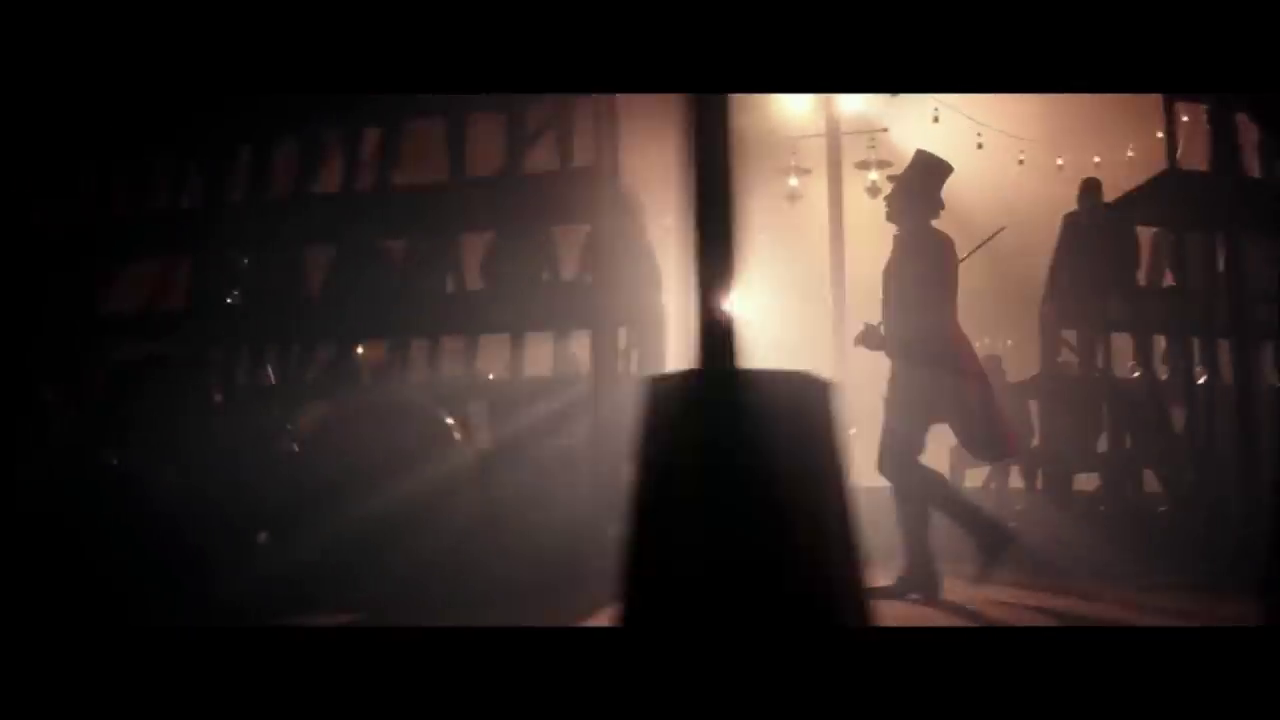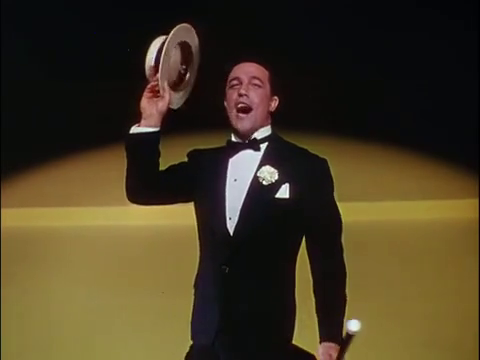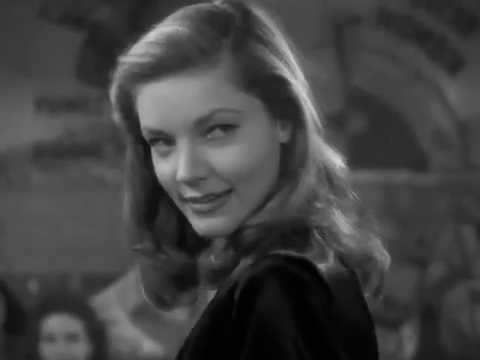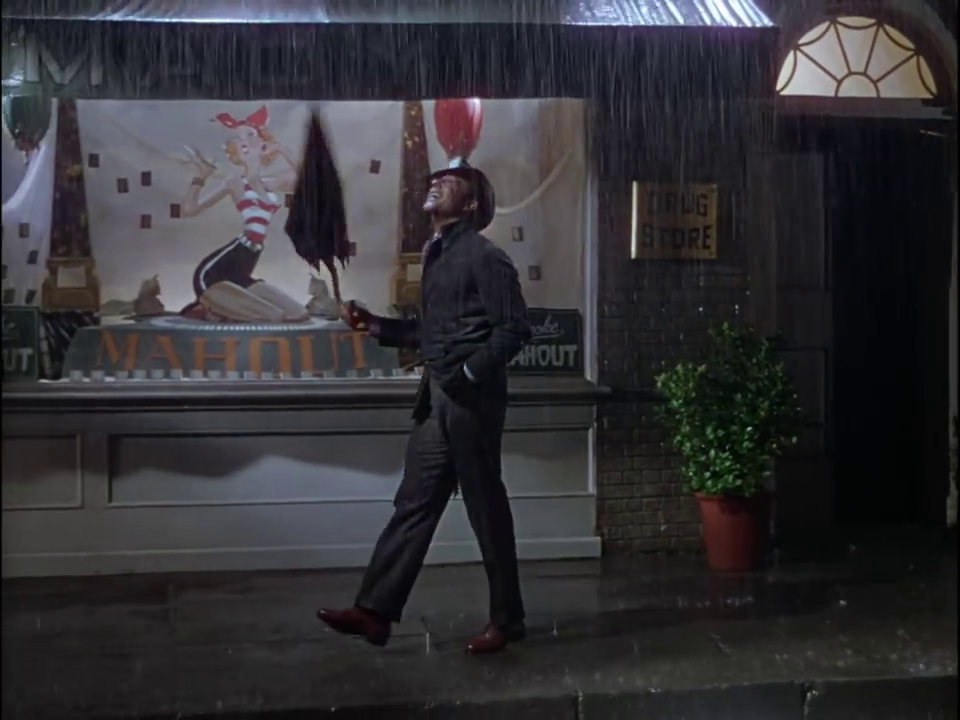D is for Distraction
An Alphabetical Essay by Andrew WhiteAbstract:
This essay serves as an experiment in Academic writing, utilizing an array of stylistic approaches in an attempt to examine the essence of language, linearity, and distraction.
Bio:
Andrew White is an MA candidate in Cinema Studies at San Francisco State University. When he isn’t struggling with life’s unanswerable questions, Andrew can be found playing with his pet guinea pigs.

(or Dirigible)1
Essay by Andrew White
How this work was written: rung by rung, according as chance would offer a
narrow foothold, and always like someone who scales dangerous heights and
never allows himself a moment to look around, for fear of becoming dizzy (but
also because he would save for the end the full force of the panorama opening
out to him).
Walter Benjamin, 460
Without utilizing, or waxing eloquent about the potential of, new technologies, Robert Ray’s essay “The ABC of Visual Theory” serves as an experimental work that examines the interconnectivity of typography, language, and thought while challenging traditional notions of formatting and linearity. In the piece, Ray pays homage to Barthes, Brecht, and several other theorists who have experimented with academic writing. Neglected by Ray, but highly influential to my own process, are additional theorists such as Benjamin and Debord.
2 The author of this piece recommends that it be read in any order, at any pace, and in any setting that catches your fancy. He gives readers his utmost assurances that the text will remain just as incomprehensible regardless.


G, H, J, K, N, O, P, T, U, V, X, Y, Z — As I write, these are the entries I have still to begin.
Why waste the letter “G,” which surely could be put to better use?
Jaffe, Ira– Author of Slow Movies: Countering the Cinema of Distraction (2014). As the title of his book indicates, Jaffe views slow cinema as a counter to the cinema of distraction.6 Upon first glance, such a movement would appear diametrically opposed to the purposes of this exercise. However, upon further examination, slow cinema is, similarly to this piece, a challenge to the status quo. In a cinematic landscape which reflects our increasingly globalized culture, excess and speed have taken over. Hollywood has little room for that which doesn’t conform to its standards, much like the current state of academia.
Kotányi, Attila– A Hungarian philosopher whose presence in this piece serves two purposes:
- To provide an entry for the letter ‘K’
- As a member of the Situationist International, he provides an opportunity to introduce Guy Debord.
Guy Debord was perhaps the most well-known member of the Situationist International, largely thanks to work such as The Society of the Spectacle and “Theory of the Dérive.” In the latter, Debord defines dérive as “a technique of rapid passage through varied ambiances.” Dérives involve “playful-constructive behavior and awareness of psychogeographical, and are thus quite different from the classic notions of journey or stroll” (Debord, 1).
Linearity– A, B, C………why not E, T, F? Why must the alphabet be presented in said order? I assure you that this piece was not written in such a manner, although I am undoubtedly presenting it in such a way.
Neutral– Students are typically taught to take a more Neutral or Objective stance in their academic writing. I, on the other hand, have always reveled any opportunity to express myself.
Originality– A concept that many have grappled with over the ages. As an homage to the likes of Barthes, Apollinaire, Ray, and many others, this piece can never be truly original, but is truly original thought even possible?
8 Which also contains a radioactive source and a poison that will only be released when said source emits radiation. There is no definite way of knowing if and when the radiation will emit, setting off a chain reaction that will ultimately result in the cat’s death.
Rubric- I have always found the rubric to be both reassuring and repressive. On the one hand, I have a better idea of what is expected; on the other, it limits my creativity. Is there any definite way to simultaneously solve both of these drawbacks?
Rubric for ABC Assignment
| Percentage | Assignment Category | Exemplary (5) | Good (4) | Adequate (3) | Poor/Incomplete (2-0) |
| 60% | 1. All 26 letters of the English alphabet must be covered. | Exceeded requirement; proper format | Met requirement; most properly formatted | Met requirement; few properly formatted | Did not meet requirement; few properly formatted |
| 20% | 2. Edits are to be limited only to those which enhance clarity, correct typos and assorted grammatical errors, relate to formatting, or consist of anything thought up by the author at a later date.9 | Outstanding | Good with minor mistakes | Some major problems | Many consistent and major problems |
| 20% | 3. As a way of providing readers with as close to an ‘authentic’10 experience as possible, there are to be ABSOLUTELY NO revisions or excisions of the basic sentiment or focus of a given passage, regardless of how ill-advised it may seem in retrospect. | Excellent and consistent application of style | Mostly consistent application of style | Emerging application of style | Lacks application of style |
9 Obviously, the author thought of nothing else.
10 Whatever the hell that word means.
12 Or is such a suggestion purely self serving? If I am fully aware that the passage at hand, and perhaps even the piece as a whole, may be interpreted as pretentious or even narcissistic, then why would I willingly choose such a path? The answer is quite simple: I am again challenging traditional notions of academia, specifically those that force the writer to cater to an audience. If every writer, filmmaker, musician, or painter produced work which was constructed solely to appease the audience, then creativity and experimentation would be hopelessly suppressed. Risks would not be taken and the sculptor would be unable to differentiate her own work from that of another.
According to Walter Benjamin, “everything one is thinking at a specific moment in time must at all costs be incorporated into the project then at hand” (Benjamin, 456). Of course, this is impossible.17 One can never record the present, because it is only possible to capture the past. Further still, one can never capture the past as it was in the present. Memories fade, are distorted by individual biases…..The very possibility of an objective past or present is called into question.
15 This is a lie, I actually simply did a google search for ‘words beginning with the letter x.’ 15.5 This is also a lie. The writing of the letter X segment was written before any research had been done. 15.75 In truth, no research ever took place. The author simply found it comical to make further use of footnotes within footnotes. Note to self: a footnote within a footnote should henceforth be referred to as a ‘toenote.’ This being a footnote within a footnote within a footnote, it shall be called a ‘toenail note.’
17 at least if time is considered as strictly linear.
“the action of chance is naturally conservative and in a new setting tends to reduce everything to habit or to an alternation between a limited number of variants. Progress means breaking through fields where chance holds sway by creating new conditions more favorable to our purposes. We can say, then, that the randomness of a dérive is fundamentally different from that of the stroll, but also that the first psychogeographical attractions discovered by derivers may tend to fixate them around new habitual axes, to which they will constantly be drawn back” (Debord, 1-2).
Works Cited
Benjamin, Walter. The Arcades Project. Trans. Howard Eiland and Kevin McLaughlin. Cambridge: Harvard UP, 1999.
Debord, Guy. “Theory of the Dérive.” Trans. Ken Knabb. http://library.nothingness.org/articles/SI/en/display/314. (Orig. published in French 1956.)
Ray, Robert B. “The ABC of Visual Theory” Visible Language 23:4 (1988) (423-447).







